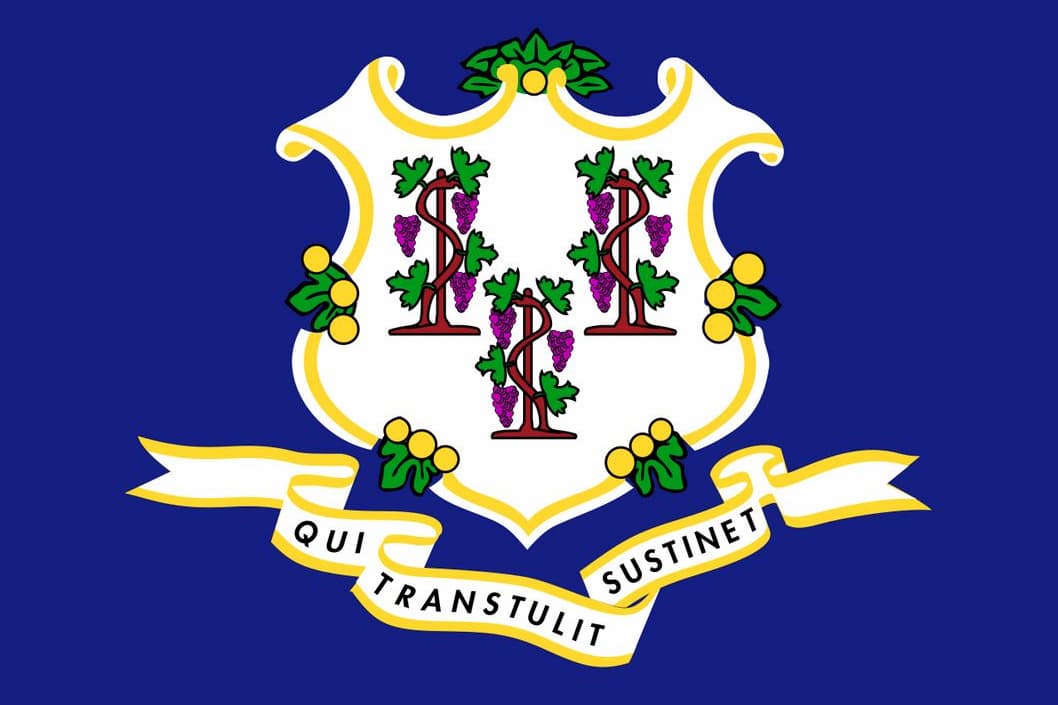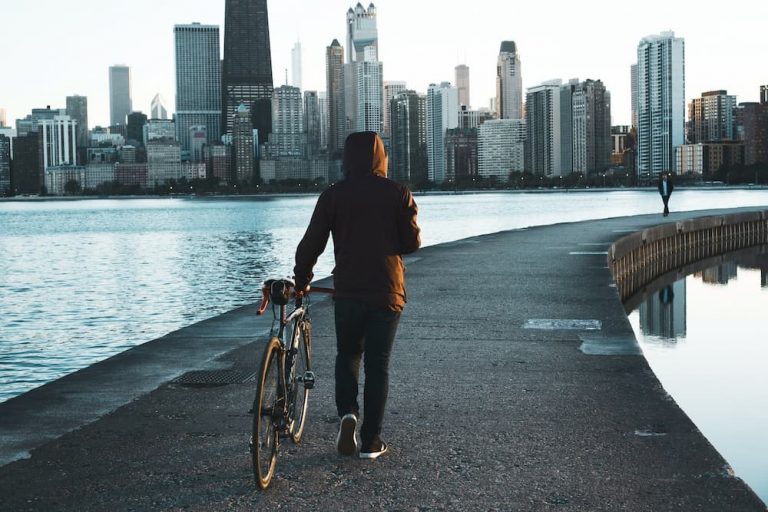Connecticut Bicycle Laws
Just like any other state, Connecticut has a set of laws that needs to be followed if you want to ride your bicycle there. These laws are placed in an attempt to ensure the safety of cyclists and motorists, pedestrians, and anyone who uses the roads. As such, knowing all the bicycle rules are extremely important to avoid being caught by the police, and of course for safety purposes.
Finding an article that includes everything you need to know is difficult, to say the least. So to make things easier for you, we are going to looking at all the Connecticut bicycle laws as well as answer some frequently asked questions in this article.
The information provided in this article is not legal advice. None of our writers are lawyers and they also do not provide legal advice. The information published in this blog is provided for entertainment and educational purposes only. We do our best to explain the rules and regulations in easy to understand language. Although we do extensive research to make sure our information is accurate and useful, our synopsis may not reflect current legal developments or address your situation. We disclaim all liability for actions you take or fail to take based on any content on this article.
Contents
Major Principles

In Connecticut, cyclists and motorists have the same responsibilities. As such, they have to essentially for the same laws. Cyclists also have the same rights and responsibilities as any pedestrian when riding on a sidewalk or crosswalk.
However, there are certain exceptions to this. Under Connecticut bicycle laws, you might ask do bicycles have to stop at a stop sign in CT, just like any motorized vehicle? Then the answer is a simple yes. Bicycles need to stop at red lights, as well as stop signs.
Bikers will need to ride their bicycle on the right side of the road at all times, following the oncoming traffic. Although, they are allowed to ride on the left side of the road by choosing between a pedestrian style left turn or a vehicular style. It is acceptable under certain situations.
This includes the passing or overtaking of a vehicle in the same direction, at an intersection or private driveway/road, to prevent hazardous traffic conditions, when right turns are permitted with a dedicated right turn lane at an intersection, for one way traffic lanes, and exclusive bike paths or separated areas.
State laws allow cyclists to ride abreast, but it is only permitted to two abreast with the exception of ways for cyclists. As long as traffic does not get impeded, and there is a reasonable movement of traffic you are good to go.
However, the use of sidewalks is prohibited under local ordinances. Where it is allowed to use the sidewalk, riders will need to abide by the rights and responsibilities of pedestrians.
There are also some Connecticut bicycle laws placed for safety during harsh lighting conditions. Bicyclists will need to use a front lamp that emits white light visible from at least 500 feet. A rear reflector and side reflector on both sides are also required that are visible from a minimum of 600 feet.
The brakes on the bike should be able to stop within 25 feet from 10 miles per hour on a dry or even road. On top of that, hand signals should be used, the same as motorists to indicate a turn. The bicycle should only carry the number of passengers it is designed and equipped to handle while on the road.
In Connecticut, there are rules for other vehicles passing bicycles as well. A safe distance needs to be maintained when overtaking or passing a cyclist. It should be no less than three feet.
When going in the same direction as a bicyclist, drivers of vehicles should be careful when taking a right turn to avoid an accident or obstructing the bicycle. If the driver is traveling in a no-passing zone, drivers may overtake or pass a bicycle as long as it can be done safely.
Connecticut Bike Lane Laws
As mentioned above, bicyclists should ride near the right side of the roadway. There are exceptions to this law, where the rider can ride on the left side of the road.
These include passing another vehicle going in the same direction when preparing to take a left turn, for narrow lanes where a bicycle and motor vehicle are unable to go side by side, intersections with a right turn lane only, on one-way streets, and to avoid hazardous conditions.
According to Connecticut bicycle laws, when making left turns, bicyclists are advised to choose between a pedestrian style left turn and a vehicular style left turn.
Connecticut Bike Helmet Laws
In Connecticut, children under the age of 16 are required to have a helmet when riding a bicycle, non-motorized scooter, skateboard, roller skates, or in-line skates. It does not matter whether the child has a parent or guardian present with them or not, it is a must for the rider to wear a helmet.
This status cannot be violated under any circumstances. Although there is no law placed stating that adults should wear a helmet while riding their bicycles, it is strongly recommended. This is both the rider’s safety and model good behavior.
Connecticut Electric Bike Laws
Electric bikes are classified as ‘motor-driven cycles’ in Connecticut. Bikes that have motors no more than 750W and seats height maximum of 26” are identified as electric bikes. These bikes are classified into three categories according to Connecticut bicycle laws.
Class 1 are bikes that are pedal-assist only and stops at 20 mph. Class 2 bikes provide electric power where the rider is pedaling or not and stops at 20 mph. Class 3 bikes are ones that provide electric power for up to 28 mph.
Similar to the law for road bikes, electric bikes are prohibited to ride on sidewalks and need to ride nearest to the right side of the road. The rider is required to wear a helmet at all times. Any person under the age of 16 is not permitted to ride a class 3 bike on any street, pedestrian path, or highway.
There should be a front lamp emitting a white light visible from 500 feet and a rear reflector visible from six hundred feet.
Frequently Asked Questions
Is it illegal to ride a bike on the sidewalk in Connecticut?
Riding your bike on the sidewalk is legal in Connecticut, except in municipalities that forbid it. When a rider is cycling on a sidewalk they are treated as a pedestrian, and therefore, must yield by the rights and responsibilities of a pedestrian.
Is it illegal to ride a bike without a helmet in Connecticut?
It is illegal for children under the age of 16 to ride a bike without a helmet in Connecticut. Although not mandatory for adults, but it is recommended for anyone over the age of 16 to wear a helmet to prevent head injuries.
Can bikes ride in the middle of the road in CT?
Cyclists should ride as near to the right lane as possible. Under certain circumstances where it is not safe to ride on the right side of the road can cyclists bike in the middle of the road.
Do bicycles have to stop at stop signs in CT?
In CT, cyclists and motorists have the same responsibilities on the road. As such, they are required to stop at red lights and stop signs.
Are bike helmets mandatory in CT?
In Connecticut, any rider under the age of 16 is required to wear a helmet while riding their bike regardless of being in the company of a parent or guardian. For adults, it is strongly advised to wear a helmet to ensure their safety.
Conclusion
These were all the Connecticut bicycle laws that will need to be maintained while you are riding in the state of Connecticut. These laws are specific to the state and might vary between cities. As such, it is advised that you research the bike laws before traveling to another city.
Related Reading






